
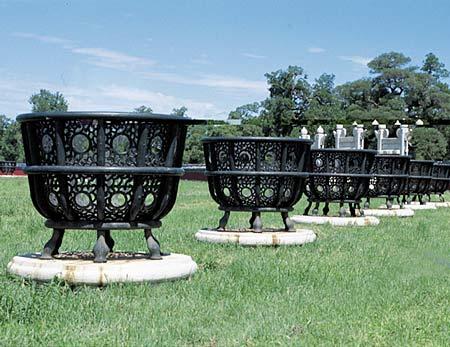 |
| Furnaces that were used for burning subsidiary offerings (CNTV) |
In addition, the Temple of Heaven has deep cultural connotations, which makes it more characteristic. The theories of yin and yang and the five elements in the Book of Changes were used on the location selection, planning, construction, as well as the sacrificial rites and music and dance, which successfully expressed the ancient Chinese’s understanding of the heaven and the relations between heaven and man, as well as their desire of Heaven. For example, the figure "nine" was repeatedly used on the size and the number of constructional elements of the circular mound to symbolize heaven and emphasize the relations between heaven and man.
With roundness and blue representing heaven, the pillars in the Hall of Prayer for Good Harvest in the Temple of Heaven respectively imply four seasons, 24 solar terms and 12 months in a year, 12 shichen in a day (there were 12 shichen in a day in ancient China and a shichen is two hours), as well as the constellations in the sky such as the fixed stars. It is the only existing Ming Tang-style building (Ming Tang was a dedicated ritual building constructed according to astronomical phenomena and geomancy) and is the carrier of ancient Chinese culture.




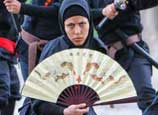
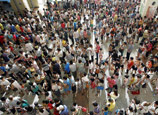
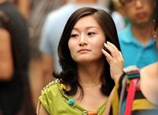
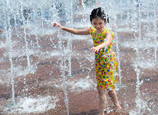










 Wild Siberian tiger kills cattle in NE China
Wild Siberian tiger kills cattle in NE China


![]()
